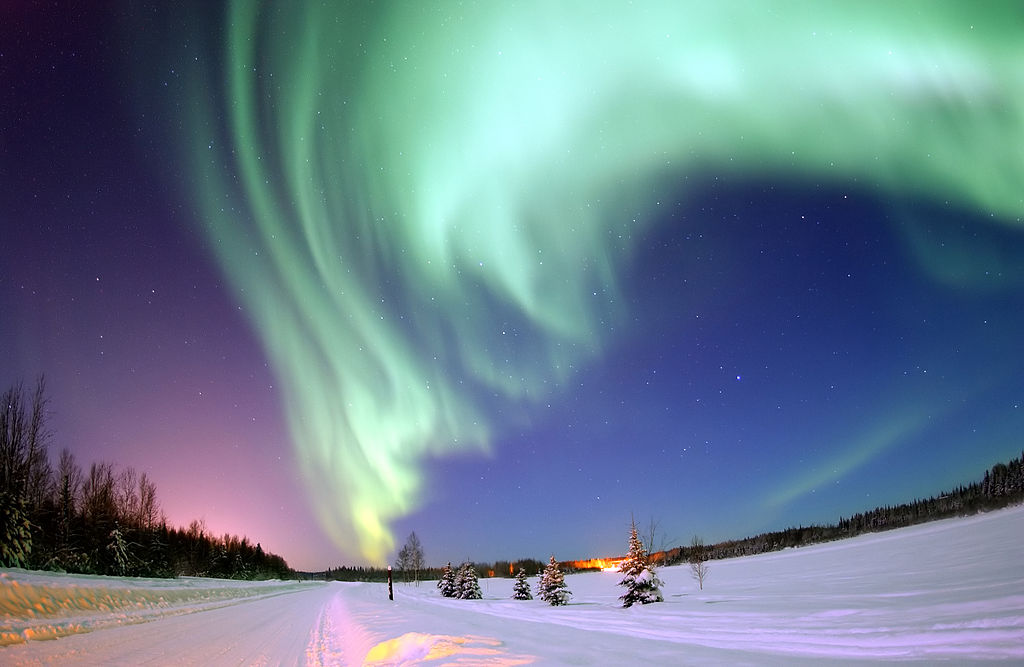

Project: Aurorasaurus
Aurorae are one of nature’s greatest light shows: beautiful dancing patterns of colored light dancing across the sky. They occur when charged particles from cosmic rays, solar wind and magnetospheric plasma interact with Earth’s upper atmosphere.
Apart from being beautiful and awe-inspiring, tracking aurorae can help scientists learn more about what’s happening in space, and to better understand the phenomenon itself. That’s why a ‘ground truth’ project wants you to tell them when you spot an aurora. The project, called Aurorasaurus, gathers data about aurora sightings in real time and sends out notifications when Northern Lights are likely visible.
But wait, if they’re called the Northern Lights, just how many of you will be able to see them? Perhaps more than you think. Many previous aurorae have been visible as far south as Utah and Indiana.
“The aurora represents a great visual tool for scientists to use in the study of the space environment,” says Allyson James, a scientist in the space physics group at the Laboratory for Atmospheric and Space Physics at the University of Colorado, Boulder. “Surveying auroral emissions is a bit like looking at a giant television screen; the picture can help scientists figure out what is happening with energetic particles, and electromagnetic fields, from just above the Earth to far out in surrounding space.”
To participate, you simply register at https://aurorasaurus.org//login/ using your Facebook, Twitter, or Google+ profile. Then you let them know your location and email address (to receive notifications about pending aurorae). Then the next time you see one, you can Tweet about it; the project will automatically find your Tweet and note your location. You can also try photographing it; there’s a handy how-to guide posted at https://aurorasaurus.org//learn#how-to-photograph. Have fun and enjoy the view!
Chandra Clarke is a Webby Honoree-winning blogger, a successful entrepreneur, and an author. Her book Be the Change: Saving the World with Citizen Science is available at Amazon. You can connect with her on Twitter @chandraclarke .
